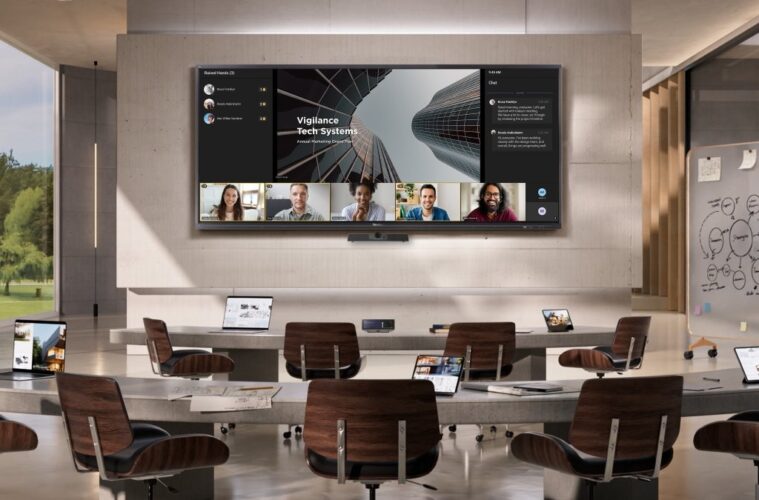Dennis Lin, General Manager of Presentation Group at ViewSonic and Oscar Lin, General Manager of the Monitor Business Unit at ViewSonic, explore how integrated, user-centric AV solutions are transforming both boardrooms and home offices to support seamless, productive and engaging hybrid work experiences.
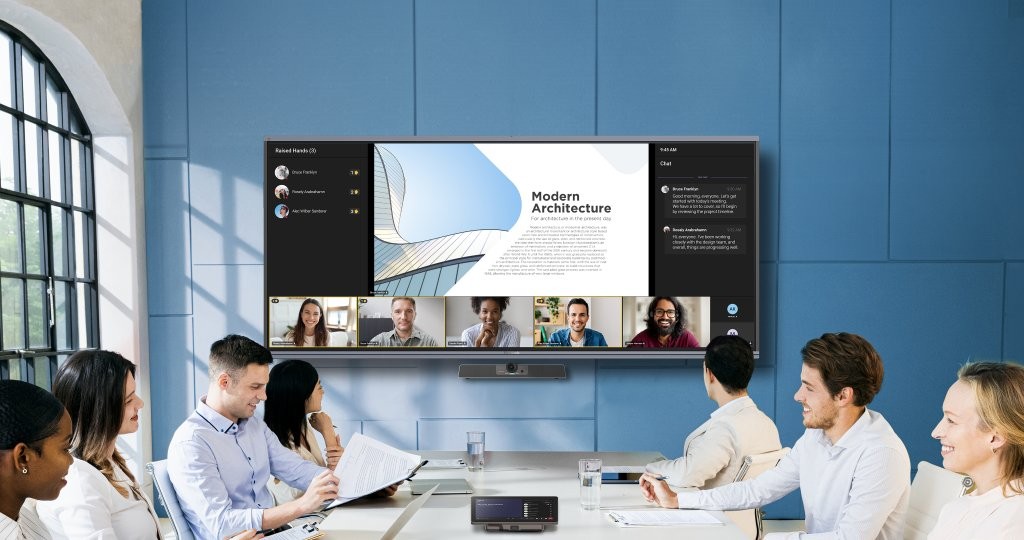
A ‘next-level experience’ brought to your boardroom and home office
With hybrid work now a permanent fixture, professionals are investing in smarter home-office setups while organisations are upgrading meeting rooms to create consistent, intuitive collaboration environments. This convergence reflects a deeper shift of AV technologies, no longer just for audiovisual performance, they incorporate more features that influence how we behave, collaborate and connect.
Smarter AV in Boardrooms: From Screens to Systems
Despite advancements in conferencing tools, many corporate meeting rooms still suffer from the same recurring issues, such as BYOD compatibility and delayed meeting starts due to device setup complexities.
Additionally, on the other side of the meeting room, the remote participants’ limited interaction eventually leads to fragmented collaboration and gaps in communication. As businesses scale back work-from-home policies, the new challenge is how to make the office genuinely worth returning to.
To address these challenges, modern meeting rooms must move beyond a patchwork of disconnected devices toward unified, cohesive systems. According to IACC’s report, 63% of meeting planners expect interactive technology, highlighting the central role displays play in facilitating effective communication. A 21:9 interactive display gives ample space not only for content but also for giving remote participants a more vivid, visible presence. Supporting whiteboarding, annotation and real-time input, the display transforms meetings into dynamic, visual working sessions.
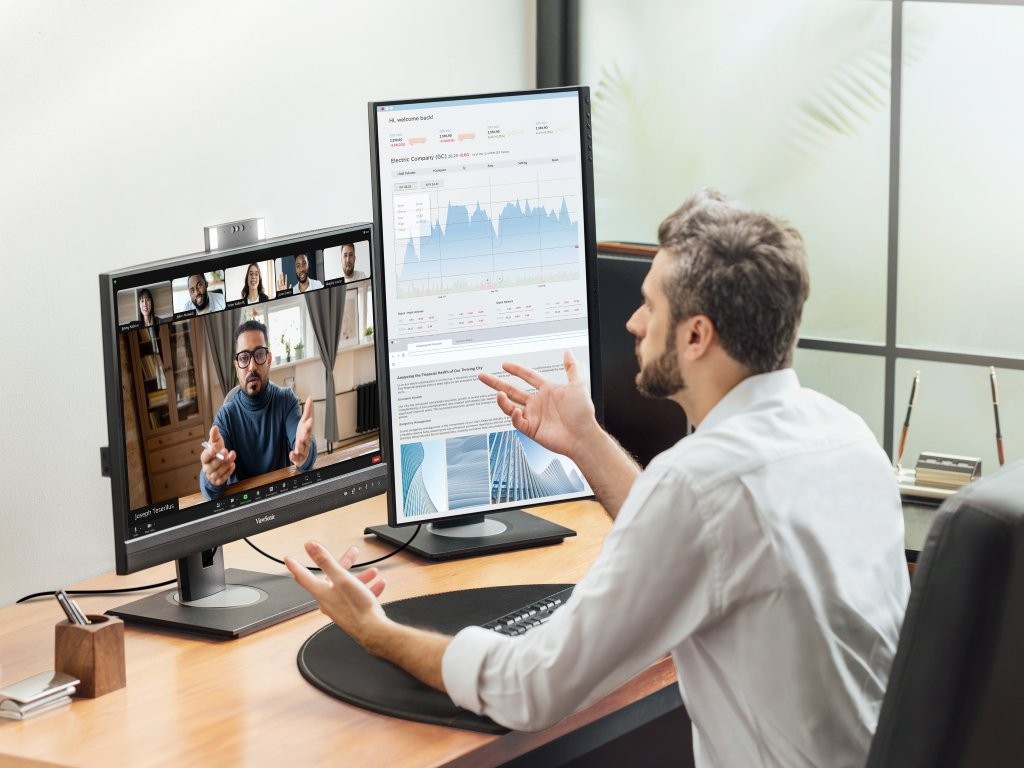
Leading organisations are adopting a complete, one-stop meeting room kit that bundle an interactive display, touch panel and 4K video bar into a single, cohesive system. This integrated solution provides a one-click meeting experience, with plug-and-play simplicity, built-in privacy and secure connectivity to eliminate IT bottlenecks and allow meetings to start without friction.
Looking beyond the basics, some advanced boardrooms are now incorporating a ‘second-page experience,’ a layer of environmental integration that allows presenters or admins to adjust lighting, temperature and ambient settings directly from the touch panel.
Especially beyond initial kick-off meetings, these subtle controls help sustain comfort and focus, contributing to a more immersive and intuitive meeting environment.
Dennis Lin, General Manager of Presentation Group at ViewSonic, explains, “A suitable collaboration system doesn’t just connect devices, it recreates the natural flow of in-person discussions, regardless of distance. When meetings are easy to launch, inclusive by design, and both visually and physically engaging, people are more willing to come into the office, not out of obligation, but because they see the value of shared space.”
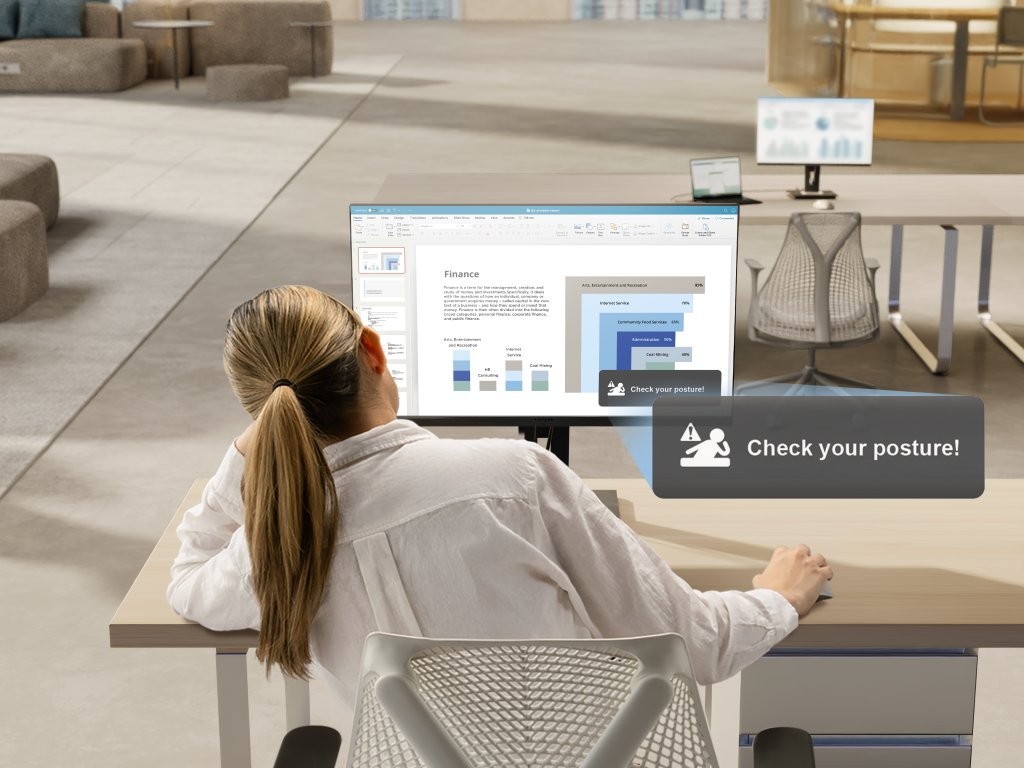
Office and Home, Seamlessly Connected
As Frost & Sullivan’s video conferencing market forecast highlights, the true differentiator for AV brands will be their ability to seamlessly bridge desktop and room experiences. At home, we observed remote professionals upgrading their setups, particularly their monitors, not just for efficiency but also for wellness and personal comfort.
To enhance video conferencing, modern personal displays have evolved into meeting-ready features such as high-resolution certified cameras, built-in microphones and speakers and support for Windows Hello for secure, instant login.
These monitors become a productivity hub that often supports multiple devices’ inputs and enables a cleaner, more organised workspace with minimal cable clutter. Additionally, ergonomic adjustability allows for better posture, while low-blue light and flicker-free technology help reduce eye strain during long hours of screen time.
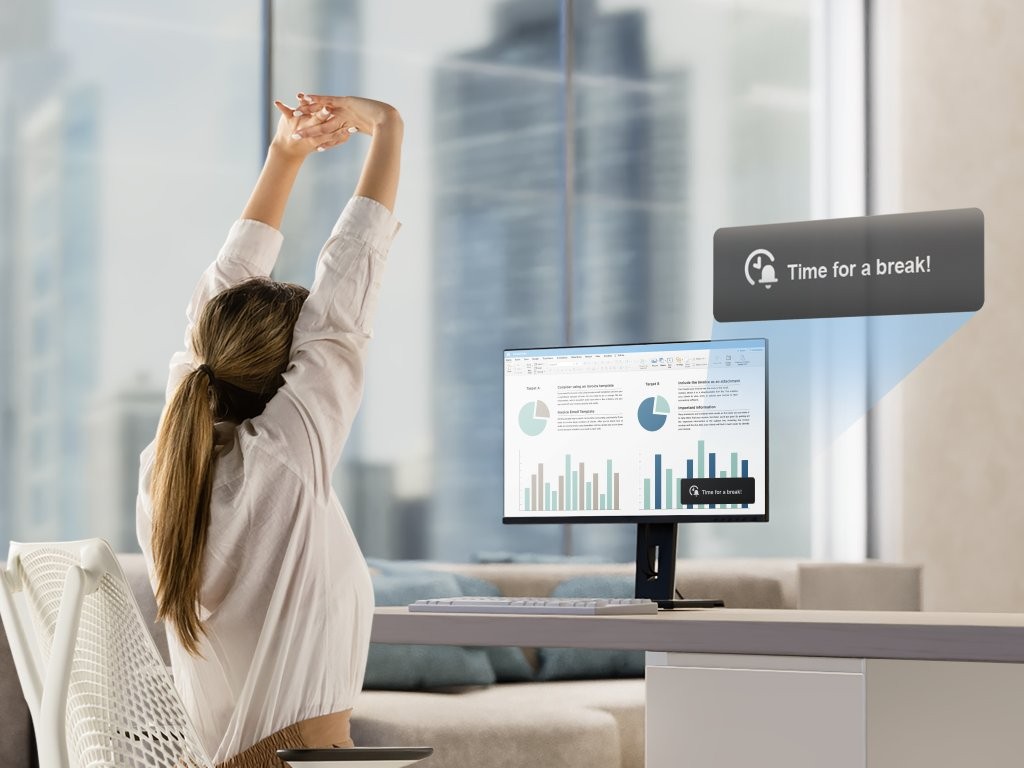
“As personalisation becomes a growing priority, especially in line with broader tech trends, we are seeing users gravitate toward more intuitive, adaptive displays,” says Oscar Lin, General Manager of the Monitor Business Unit at ViewSonic. He adds, “Features like built-in sensors for adaptive brightness, energy-saving modes, well-being reminders, and are becoming part of what users expect in a professional monitor, helping shape healthier and more sustainable work habits over time.”
This emphasis on user-centric design reflects a broader transformation in how visual technologies support work. The future of work hinges on intuitive, human-centric audiovisual experiences, whether in the boardroom or at home. By prioritising seamless integration, inclusivity and personalisation, ViewSonic remains committed to delivering complete solutions that meet professional demands to enrich everyday work rituals, both at the desk and beyond.


